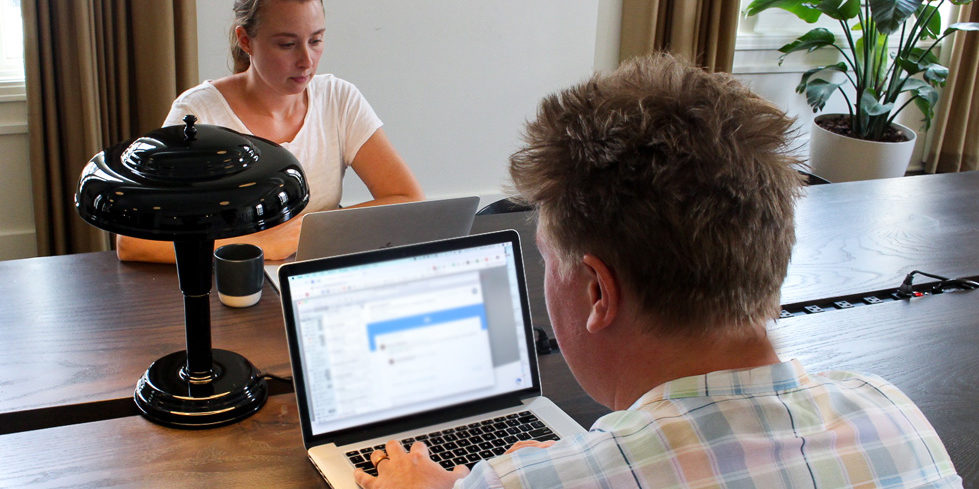So far this year I’ve already had a few conversations about new websites. I get it, it’s a new year, it’s a new decade in fact, and as more C-level executives are planning their year and thinking about their objectives, the website is a good place to start. Your website is the place where all of your services are outlined and the majority of your brand is represented so if there are new goals and objectives, then your website should help achieve those goals.
Most of the goals I’ve been hearing so far this year:
- We want our website to showcase all of the services/ products we do provide and will provide – currently, it doesn’t
- We want our website to show our standing as thought leaders in the industry
- We need our website to showcase our brand
- We need a website that will allow us to easily take on new objectives without a large turn-around time or high investment
These are goals we hear all the time but we know at the beginning of the year more people are thinking innovatively. We’ve been creating websites since 2007, and we know that there are basically two things to really focus on when it comes to starting a new redesign: brand and users.
Brand
Before I get too far into this I want to be clear that your brand is more than just your logo, colors, and your designs. Although these are important elements, they are not truly your brand. Branding is not what you say it is; it’s what they say it is.
Whether you’ve been in business for 20 minutes or 20 years, understanding your brand is the first step in understanding what makes you different from Jill down the street. Identifying your differentiators and how that will resonate with your users will help achieve your goals.
Differentiator
What makes your company different? What can you bring to the table that Jill from down the street can’t? Most people will say experience, which is great and everyone wants to buy from people with experience, but how do you showcase or discuss this on your website? The easiest thing to do might be to say how long you’ve been in business or highlight the work that you’ve done and how your experience contributed to its success.
Goals
Before you even start the project, know what goals you have and what would make this project a success. Do you want more leads? Do you want a better representation of your industry influence? Do you just need to be compliant with digital standards? It doesn’t matter. Once you know the goal, then start to work backwards on how can that goal be integrated into the website.
Users
Knowing your target audience is important and can shape how you outline content, site architecture or your call to action on the website. Knowing who they are and what their pain points are will be key to uniquely positioning yourself.
To get you started, ask yourself these questions:
- What was the problem they have?
- How did they hear about you?
- What was the position title of the person you worked with?
- Why did they choose you? (If you don’t know, then guess)
Pain Points
Pain points are the problems your target audience has that will drive them to search for you or the services you provide. This could be things like a bad relationship with their current providers, lack of knowledge in the industry or looking to offload work. Identifying these pain points throughout the website will be key to empathizing with your users.
Buyer Persona
Spend a bit time and really outline who your buyers are, give them names, wrap a personality around them. You can have more than one buyer but this will help you identify who you are talking to and as you go into other marketing avenues, this will help with target ads and other marketing objectives.
A Redesign Summary
A new website redesign can be overwhelming; we get it. By taking the time to outline who your users are and what your company’s brand is, makes the project less overwhelming. Once you get to each individual page, just ask yourself, “What is the pain point of my customer?” and then ask, “What is our unique brand solution to their pain point?” If you answer those questions when creating content, site architecture and call-to-actions, your website will achieve your goals every time.
Don't Branch Out Alone
We know that your time is limited but taking your website to the next level is essential. Don’t branch out alone. Tap into our team of experts to keep your site ahead of the curve.
Let Us Help